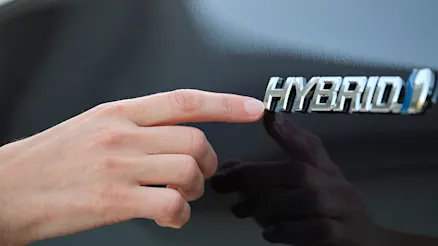
Why hybrids are quietly winning Australia’s EV race
Hybrid vehicles in Australia are currently more popular than full battery EVs. The difference comes down to factors like pricing, variety and range.
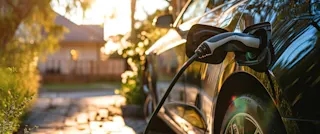

Hybrid vehicles in Australia are currently more popular than full battery EVs. The difference comes down to factors like pricing, variety and range.
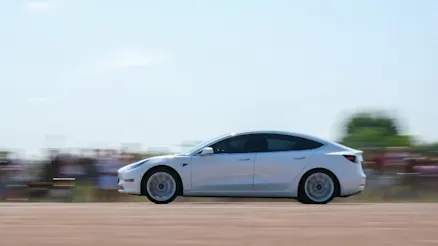
The Australian Government has confirmed an EV road user tax will apply in the future. So is this a good idea or an unfair one? Let’s get stuck in.
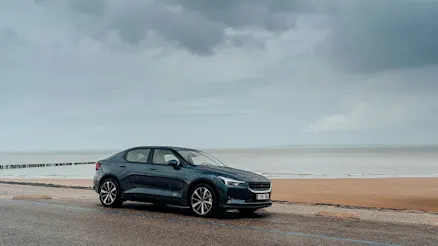
Are EVs losing popularity in Australia? As we explore, there’s still plenty of interest in electric technology but the issue is multifaceted.
Picture this: You plug your car in and it charges at the cheapest rate or for free from your solar panels during the day. Then your car powers your home in the evening as you cook dinner and run the dishwasher. Once your power bill arrives you’re in credit, because your car’s been sending energy back to the grid while not in use.
That reality could be a step closer after the Australian standards that control vehicle-to-grid and vehicle-to-home charging are set to be amended by the end of 2024. These standards relate to the installation and performance of bidirectional chargers and inverters, and amending them takes away regulatory roadblocks for V2G capability.
So could we really treat our cars as power banks on wheels soon? And how does all this stuff work?
Vehicle-to-grid is a technology that allows suitably-equipped electric vehicles to act as an energy storage device and send power back to the power grid through a bidirectional charger (that is, a charger that can send power both ways).
V2G tech can enable a household to store cheaper free electricity, either from off-peak power or from solar charging. But it could also be used to send power back to the grid at times of peak demand, like evenings, to help ‘smooth’ the grid. Basically, we could put our cars to work while they’re simply sitting at home.
Vehicle-to-home or V2H works much the same way, but the car’s battery transfers energy to your own home to power your appliances and balance your electricity usage. V2H allows you to store cheap energy or free solar energy to use later that night, instead of taking power from the grid at peak prices. It could even power the home during a power outage. The concept is much the same as with a home battery, but some of the new V2G-capable EVs have a capacity that’s three or four times that of most home batteries. For example, Ford's F-150 Lightning electric pickup truck can store a massive 131 kilowatt-hours of energy. That’s roughly the weekly power consumption of a three-person household in Australia! V2H could work for public buildings too. Imagine getting free parking in return for some unneeded power from your car.
V2G and V2H applied across a large population could ultimately mean lower costs for everyone, along with a more stable grid and lower demand for fossil fuels.
It certainly is feasible – and could be just around the corner. V2H is still in the early stages of adoption, but it’s been tested in over 80 trials across Japan, the UK, Germany and even in South Australia. Not all EVs are compatible with bidirectional technology, but some already in Australia include the Nissan Leaf Gen 2, Ford F-150 Lightning and Mitsubishi Eclipse Cross and Outlander PHEVs. You might have already come across cars with V2L (vehicle-to-load) capability in Australia, which allows 240V appliances to be plugged into the car. Roadside cuppa, anyone?
The thing holding us back from amazing V2G and V2H charging capabilities is generally the infrastructure. In order to use the technology we’ll need bidirectional chargers installed at our homes, which have a more complex power conversion process than most current chargers for electric cars. And state power utilities are busy adapting their grid infrastructure as well as policies and incentives to support V2G. So while we’re not quite there yet, we’re not far off. One thing is for sure:
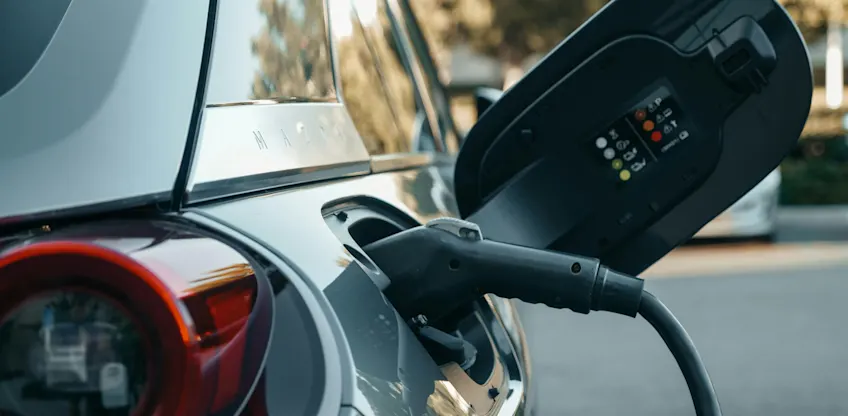
V2G and V2H scaled over our whole population really could be a game changer for the way we power our lives and our country. Frankly, we can’t wait until this technology is widely available. One in two people in Australia’s five largest cities still don’t have public transport within 5km of their home and Australia is a huge country, which means many of us are likely to be driving for some years to come. V2G and V2H are an amazing opportunity to use cars to their full advantage. It could save us from needing to install home batteries, and could also really help to cut down household costs at a time when it feels like everything just keeps going up in price.
The government’s Australian Renewable Energy Agency, ARENA, predicts that our EV batteries could provide over a third of total energy storage by 2030. That could save Australia a cool $94 billion in large-scale battery storage investment. And by 2050, 80% of our national power could be stored via V2G. So in short – stay tuned for the V2G and V2H revolution!
While we’re still a little way from powering our homes with our cars, you can still get in on the electric action with brilliant second-hand EVs. Carma makes it easy to filter hundreds of pre-checked cars by hybrid, electric, plug-in hybrid and old-school fuel types. Check out Carma’s guide on what to consider before buying an EV, or learn about some key tips in our EV owner's survival guide.